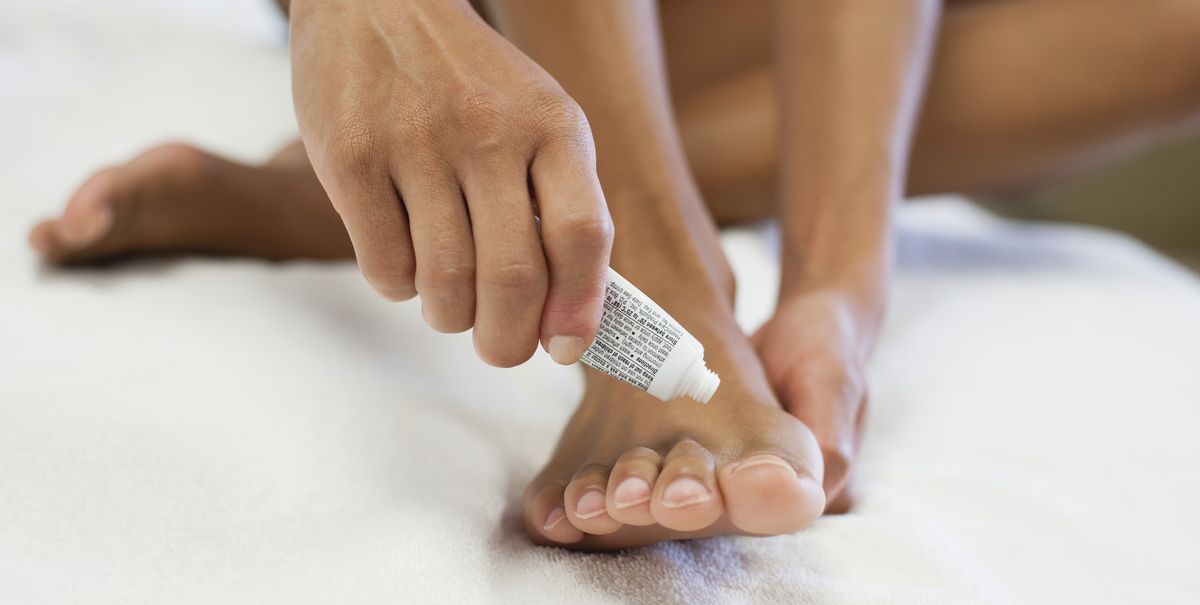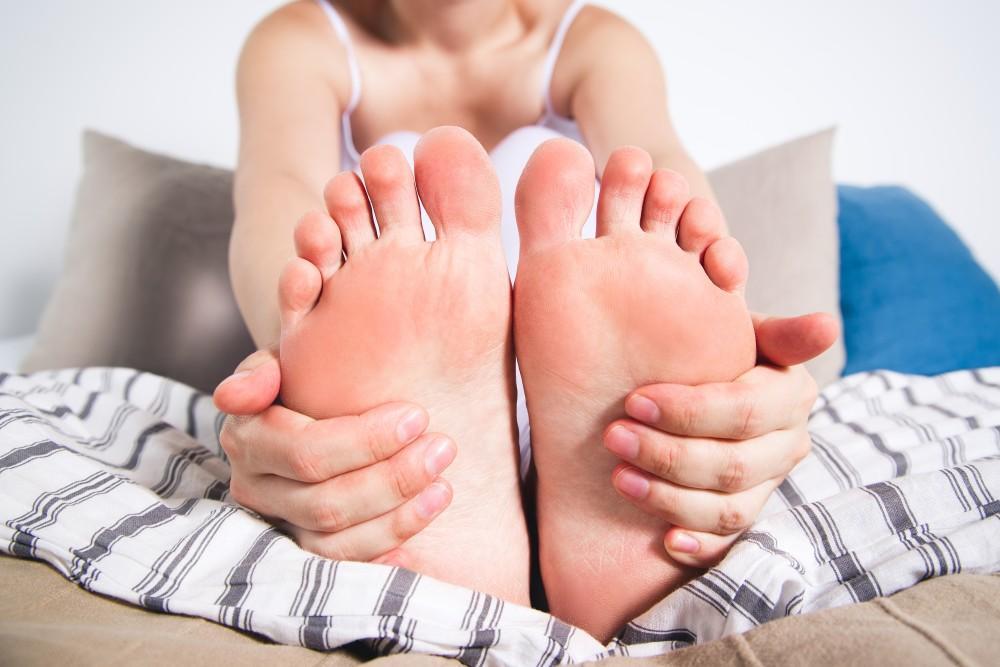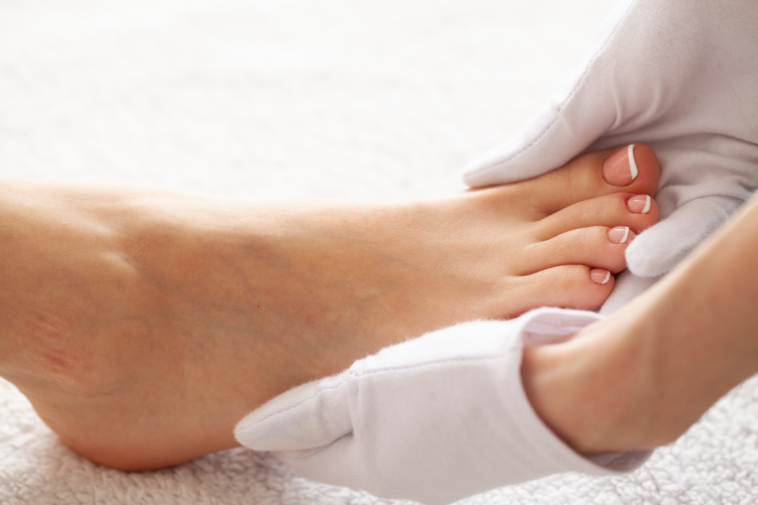Athletes are constantly pushing their bodies to the limit. Every stride, pivot, and jump places a tremendous amount of stress on the lower extremities, making the health of an athlete’s feet crucial for optimal performance.
Today, that’s exactly why the field of sports podiatry exists.
Take a look as we dive into the importance of foot health, common challenges faced by athletes, and the measures that can be taken to help them keep their feet in top condition.
Understanding the Anatomy of an Athlete’s Foot
The foot is a marvel of engineering, comprising 26 bones, 33 joints, and an intricate network of muscles, tendons, and ligaments. In sports, the feet act as the foundation for every movement, providing stability, balance, and propulsion.
An experienced sports podiatrist, who understands biomechanics and foot anatomy, can work with athletes to help them manage the physical demands of their respective sports.
Common Foot Challenges in Athletes

Athletes often face specific foot challenges due to the repetitive nature of their movements and the intensity of their training. Some prevalent issues include:
- Plantar Fasciitis: Affecting the thick band of tissue that connects the heel bone to the toes, plantar fasciitis is a common condition among athletes, particularly runners.
- Achilles Tendonitis: Overuse or improper footwear can lead to inflammation of the Achilles tendon, a key player in ankle movement.
- Sprains and Strains: Rapid changes in direction, sudden stops, and high-impact activities make athletes susceptible to ankle sprains and muscle strains.
- Blisters and Calluses: Friction from repetitive movements and ill-fitting footwear can result in painful blisters and calluses.
Footwear Rotation
Sports podiatrists often advise athletes to rotate their athletic footwear. This practice helps distribute the impact forces across different shoes, reducing the risk of overuse injuries associated with consistently wearing the same pair.
A varied selection of footwear can also accommodate different training surfaces and conditions.
Gait Analysis for Performance Enhancement
Beyond injury prevention, sports podiatrists leverage gait analysis to enhance an athlete’s overall performance.
By identifying and addressing subtle biomechanical inefficiencies, podiatrists can recommend specific exercises or interventions that may optimize an athlete’s gait, leading to increased efficiency and reduced fatigue during training and competitions.
Hygiene and Foot Care Education
Athletes are susceptible to fungal infections and hygiene-related issues due to the prolonged periods spent in moisture-prone environments, such as sweaty shoes.
Sports podiatrists offer practical advice on foot hygiene, emphasizing the importance of proper drying, choosing moisture-wicking socks, and using antifungal agents when necessary.
Orthopedic Considerations in Sports Podiatry

Sports podiatrists collaborate closely with orthopedic specialists when managing more complex cases. Conditions like stress fractures, joint instability, or severe deformities may require a combined approach, ensuring that the athlete receives comprehensive care while adhering to the highest professional standards.
Age-Related Considerations for Young Athletes
Pediatric sports podiatry involves a specialized focus on the developing feet of young athletes. Their practice underscores the importance of age-appropriate interventions and considering the unique biomechanical needs of growing bodies.
Addressing concerns such as flat feet or gait abnormalities in young athletes is approached with sensitivity and age-specific treatments.
Nutritional Impact on Foot Health
The relationship between nutrition and foot health is an emerging aspect of sports podiatry.
Adequate nutrient intake contributes to overall tissue health, including muscles, tendons, and bones. Podiatrists may collaborate with sports nutritionists to ensure athletes receive the necessary nutrients for optimal foot function and injury prevention.
Preventive Taping and Bracing Techniques
Sports podiatrists employ preventive taping and bracing methods to support the foot and ankle during intense physical activities. This not only aids in injury prevention but also assists in the rehabilitation of pre-existing conditions.
Technology Integration for Foot Assessment
The incorporation of advanced technologies, such as pressure mapping and 3D scanning, enhances the precision of foot assessments. This allows sports podiatrists to gather quantitative data on foot biomechanics, aiding in the creation of personalized treatment plans and orthotic prescriptions tailored to an athlete’s specific needs.
Monitoring Foot Health Throughout the Season

Continuous monitoring of an athlete’s foot health is a fundamental aspect of sports podiatry.
Regular check-ups, especially during the competitive season, help identify and address emerging issues promptly, ensuring that athletes can perform at their best without being hindered by undetected or untreated foot problems.
Education and Empowerment
A sports podiatrist goes beyond treatment, emphasizing patient education and empowerment. Educating athletes about the importance of self-care, recognizing early signs of foot issues, and fostering a proactive mindset contribute to long-term foot health and a reduction in the severity of potential injuries.
Proactive Measures for Foot Health
Prevention is the cornerstone of sports podiatry. By implementing proactive measures, athletes may be able to mitigate the risk of foot injuries and enhance their overall performance.
Here are some key strategies:
- Biomechanical Assessment: A thorough analysis of an athlete’s gait and foot mechanics helps identify potential issues that could lead to injuries. Custom orthotics may be prescribed to provide optimal support.
- Proper Footwear: The right footwear is paramount in preventing foot problems. Sports podiatrists can recommend shoes that offer the necessary support, cushioning, and stability based on the athlete’s sport and foot structure.
- Strength and Flexibility Training: Targeted exercises to strengthen the muscles, improve flexibility, and enhance proprioception may contribute to overall foot health and injury prevention.
- Rehabilitation Programs: In the event of an injury, a sports podiatrist can design a rehabilitation program tailored to the athlete’s specific needs, ensuring a safe and efficient return to sports activities.
Collaboration with Other Healthcare Professionals
Sports podiatry often involves collaboration with other healthcare professionals to provide comprehensive care for athletes. Physiotherapists, sports medicine specialists, and orthopedic surgeons may join forces to address complex foot and lower limb conditions, fostering a multidisciplinary approach to athlete care.
Work With Sports Podiatrists for Comprehensive Foot Care
As athletes continue to challenge their physical limits, a sports podiatrist can support their journey, offering expertise in biomechanics, injury prevention, and rehabilitation. Incorporating these additional points ensures a comprehensive and informative guide for athletes striving to keep their feet in peak condition.
Talaria Podiatrist of Thornbury specializes in sports podiatry services to help athletes take care of their feet.




